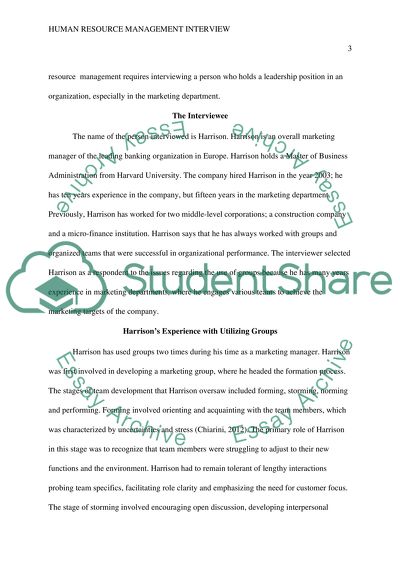Cite this document
(“Interview Assignment Example | Topics and Well Written Essays - 1250 words - 2”, n.d.)
Interview Assignment Example | Topics and Well Written Essays - 1250 words - 2. Retrieved from https://studentshare.org/human-resources/1488498-interview
Interview Assignment Example | Topics and Well Written Essays - 1250 words - 2. Retrieved from https://studentshare.org/human-resources/1488498-interview
(Interview Assignment Example | Topics and Well Written Essays - 1250 Words - 2)
Interview Assignment Example | Topics and Well Written Essays - 1250 Words - 2. https://studentshare.org/human-resources/1488498-interview.
Interview Assignment Example | Topics and Well Written Essays - 1250 Words - 2. https://studentshare.org/human-resources/1488498-interview.
“Interview Assignment Example | Topics and Well Written Essays - 1250 Words - 2”, n.d. https://studentshare.org/human-resources/1488498-interview.


